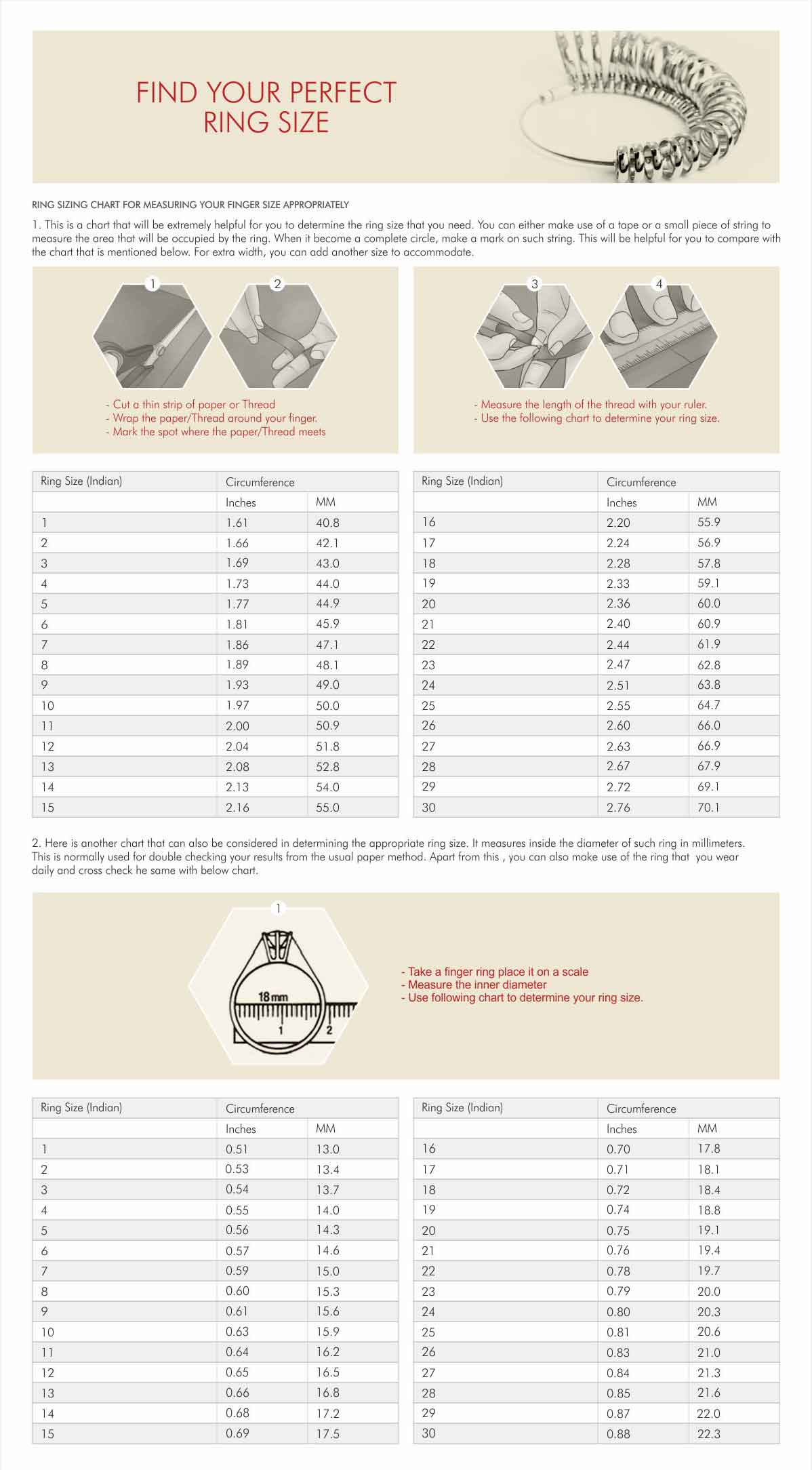All you need to know about the Different Types of Pearls
If there is any gemstone that is popular across different cultures even today, then it has to be pearls. They have long been an object of adoration and in the ancient times were adorned by great kings and queens.
What makes the pearl unique is their formation. It is the only gemstone found within living creatures. Pearl is a nacreous, organic gem formed in mollusks. The beautiful oyster in the sea – a type of mollusk is the home of the pearls. When an irritant enters the mollusc, in order to protect himself, the mollusc begins to form layers of nacre around the irritant which we know as the pearl.
Unlike other precious gemstones, pearl needs no cutting to bring out its lustre. They come in different shapes, colours and sizes and therefore, are a perfect option for a stunning and elegant fashion jewellery needs.
Types of Pearls
On the basis of their formation, pearls are broadly classified into two:
Natural Pearls
A natural pearl forms in a pearl-bearing mollusk with no human intervention or assistance. A mollusk is a soft and small bodied marine animal.
Natural pearls are formed within the mussels when a foreign object gets inside its body and irritates its soft tissue. The mollusk tries to reduce the irritation by creating many coats of smooth nacre. Natural pearls are very rare and expensive.
In ancient times, people have coveted natural pearls as symbol of wealth, and status. But in the last 50 years, due to overfishing, oil mining, and development of imitation pearls, the production of natural pearls have reduced substantially. Basra, in Iraq hold special place for natural pearls.
You can buy natural pearls here.
Cultured Pearls
Cultured pearls are also formed within the mussels but through human intervention which means the foreign object is introduced by man. It is known that culutural pearls were formed in the thirteenth century, but they were successfully marketed and popularized by Kokichi Mikimoto in 1920’s in Japan. They are easily available and used extensively in jewellery. Here is a list of the different types of cultured pearls found in India and around the world.
- South Sea Pearls
The first South Sea cultural farm was founded in Western Australia in 1950s. South Sea Pearls are formed in Pinctata Maxima oysters and they are range between 8mm to 18mm in size. These are the rarest and largest pearls produced in Australia, Indonesia, and the Philippines. The reason why they are expensive as compared to other pearls. Known for its beautiful lustre, they come in different hues like white, cream, and silver. They typically have soft, satiny luster.
- Akoya Pearls
Akoya is a Japanese word, and that is the reason it got its name from the country of its origin. These are the classic, perfectly round white pearls that are known to have the highest lustre. Akoya pearls are produced in Japan, China, and Vietnam. It is available in the size range of 2mm up to 10mm and also, comes in shades of pink, cream and ivory.
- Tahitian/Black Pearls
These pearls are usually found in black colour and produced by black oysters. They grown in Pinctada margaritifera oysters.
Their size generally ranges between 8mm and 17mm. French Polynesia and the Cook islands produces Tahitian cultured pearls. Today, in the market it is considered the most striking, sought-after pearls.
- Freshwater Pearls
These are the most affordable pearls that come from freshwater mussels. Their shape is mostly round or baroque and comes in a variety of shades such as white, cream, pink, orange, peach and lavender. China produces majority of freshwater pearls. These are cheapest variety.
Importance of Pearl Gemstone in Astrology
In Astrology, Pearl gemstone aka sucha moti, has a lot of significance due to its healing properties and mystical powers to strengthen the planet Moon in one’s horoscope. Thus, it should be worn when your horoscope calculates your weakest planet to be the Moon. Wearing pearl gemstone brings many astrological benefits and makes life peaceful.
Methods of wearing a Pearl Gemstone
Keep the moon yantra in front of you and wash the pearl gemstone with Ganga Jal and recite the “Om Shraam Shreem Shraum Sah Chandraay Namah”mantra 108 times. Offer Milk Kheer as prasad. After wearing pearl, donate white sweets to the needy people. Pour the leftover Ganga Jal in plants or in a running stream.
Zodiac Sign: Cancer
Right Metal: Silver
Day: Monday
Finger: Little of your working hand
Pearl Care
Pearls require special care because they contain calcareous crystals that are sensitive to chemicals and acids. After every 2 months, clean the pearl gemstone as it can acquire greasy deposits and dust on the surface over time which can block all the positive energies of Moon.
Avoid using perfume, hairspray, abrasives, solvents, and nail polish removers while wearing them. Like your skin, pearls contain water and may dehydrate and crack if exposed continuously to arid conditions.
For buying genuine, certified pearl gemstone online, please visit: www.gemkart.com.
Read our blog on Astrological Benefits of Pearl Stone, here














Muchas gracias. ?Como puedo iniciar sesion?
HCSyLdNFfEoQGm
mwkLxtgMTEoBi
OVzQJZLong
VYpFAtaWodsjSEUC